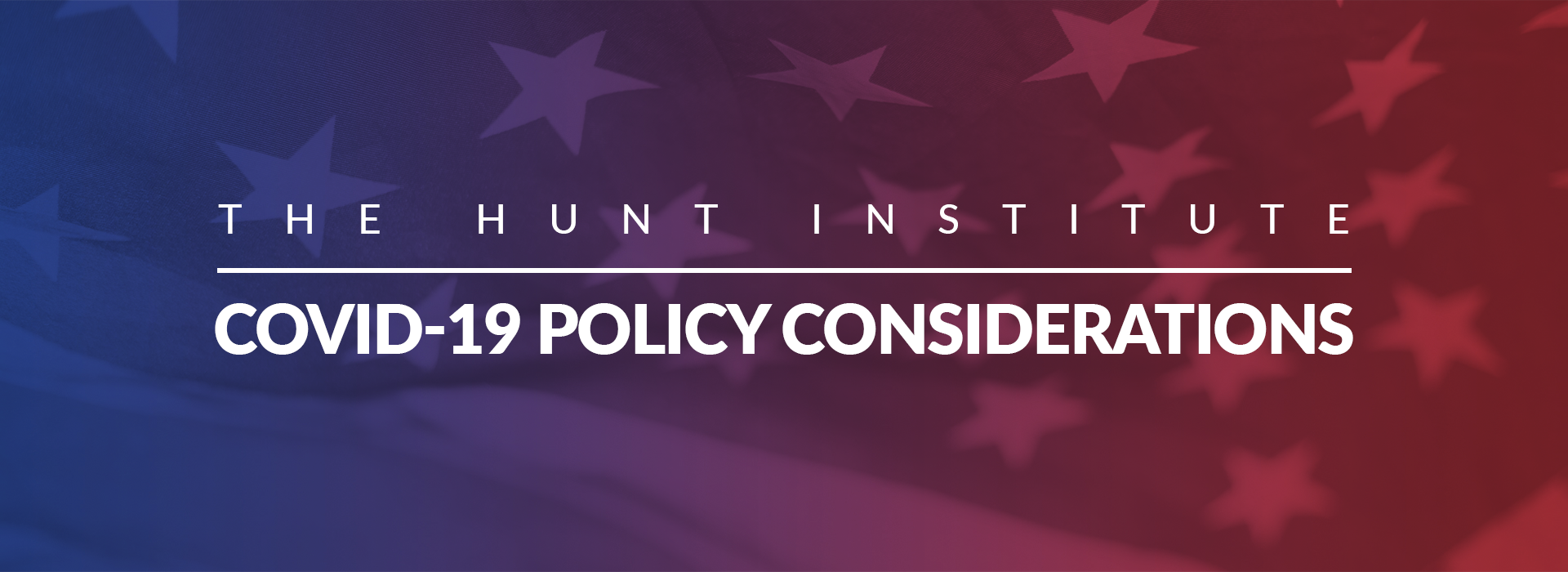

Updated: September 14, 2020
Institutions of higher education (IHEs) across the country face significant financial challenges in the wake of the COVID-19 pandemic – immediately and in the medium- and long-term. As IHE leaders strategize about how to address these challenges, they must make difficult choices in order to keep their institutions solvent. State policymakers should be aware of these challenges and the decisions being made by IHE leaders so they can provide support when possible.
State Investment in Higher Education
First, it is important to note that these challenges brought on by the pandemic are not happening in a vacuum. One of the most consequential developments over the last twenty years in higher education has been the sharp decline in state funding for public IHEs that occurred in the wake of the 2008 economic recession. Although 12 years have passed, in the vast majority of states the level of public funding for higher education still has not returned to pre-2008 levels (after adjusting for inflation). The following map shows the percentage change in state funding (per student) for higher education since the Recession:
There is serious concern amongst policymakers and practitioners that another drop in state funding for higher education could be on the horizon in the wake of the pandemic. One main reason for this concern is the fact that the stimulus money provided by the federal government through the Coronavirus Aid, Relief, and Economic Security (CARES) Act does not contain any requirement that states make an effort to maintain current funding levels for higher education – often called a “maintenance of effort” (MOE) requirement. Because CARES Act funding for higher education flows from the U.S. Department of Education (ED) directly to IHEs, there is no mechanism to require states to maintain their spending levels. This is in contrast with the CARES Act funding for K-12 schools, which flows from ED to state education agencies and does contain an MOE requirement.
Financial Challenges Related to COVID-19
Immediate financial challenges for IHEs have already taken effect because many IHEs that have closed their physical campuses have decided to refund room and board fees for students. There were also calls for IHEs to refund portions of students’ tuition for the Spring 2020 semester because of the difference between the in-person experience students signed up for and the diminished experience of online learning.
Many IHEs have experienced a drop in student enrollment for the Fall 2020 semester, which isn’t a surprising outcome in light of a student survey from the summer which indicated that there is cause for concern. The survey showed that 17 percent of high school seniors who expected to attend a four-year IHE in Fall 2020 now think that they will change their plans – either by taking a “gap year,” enrolling at a community college, or entering the workforce. The survey also found that another 63 percent still plan to enroll full-time in a bachelor’s degree program but are concerned about their ability to attend their first-choice school because of the COVID-19 pandemic.
Taken together, all of these factors represent a considerable financial challenge for IHEs. For some IHEs, the scope of potential financial loss is vast – the President of the University of Michigan estimated that the institution faces potential losses of up to $1 billion.
For IHE Leaders:
Enact Cost-Cutting Measures
Develop Creative Recruitment Strategies
Consider Sharing or Pooling Resources with IHE Partners
For State Policymakers:
Maintain Funding Levels for Higher Education
Prepare to Support Student Needs in the Event of IHE Closures
Consider and Communicate Effects of State Higher Education Funding Formulas